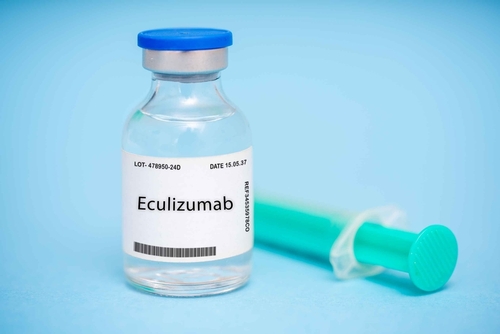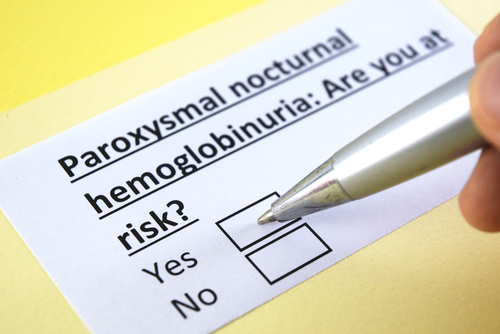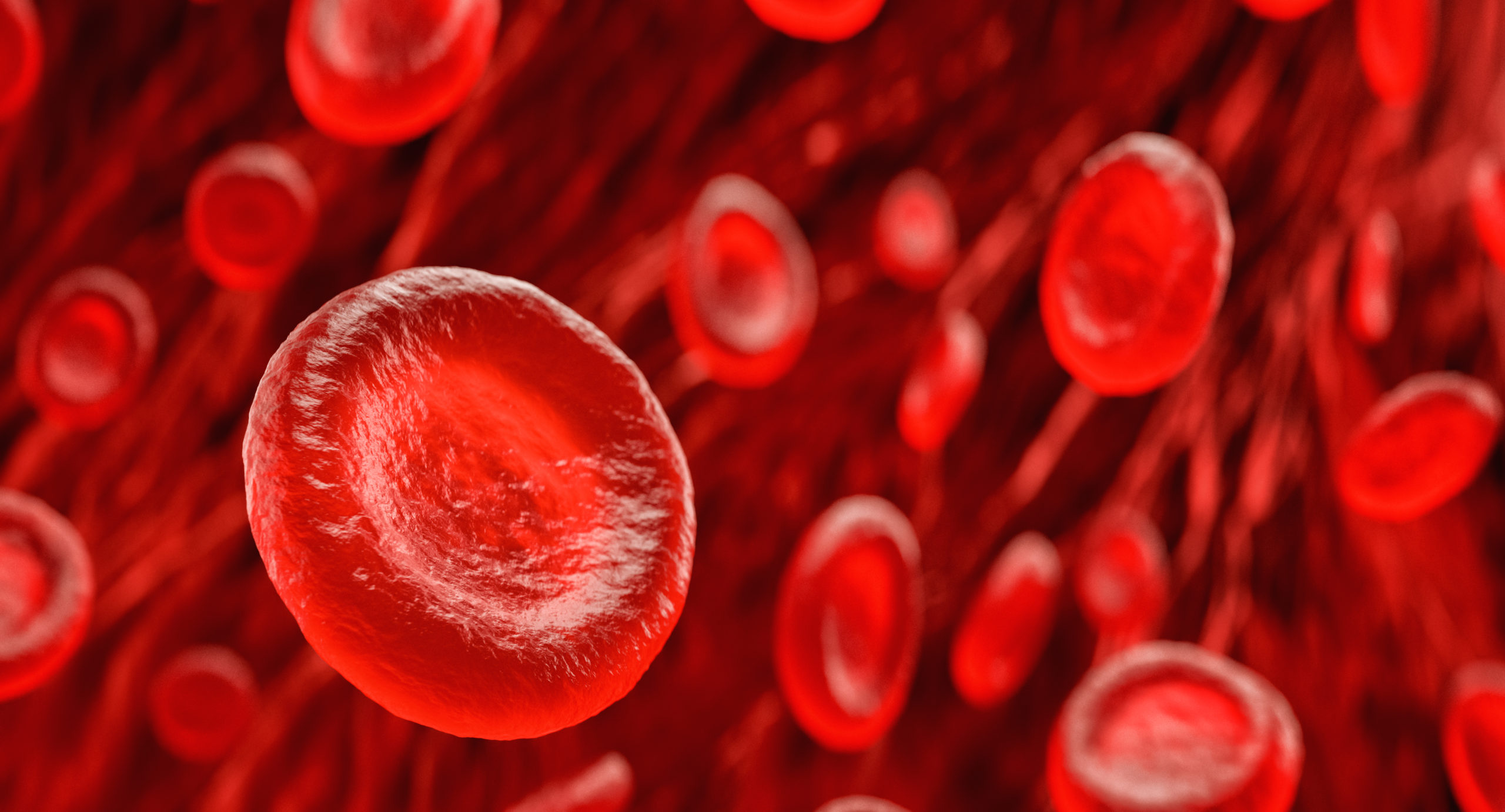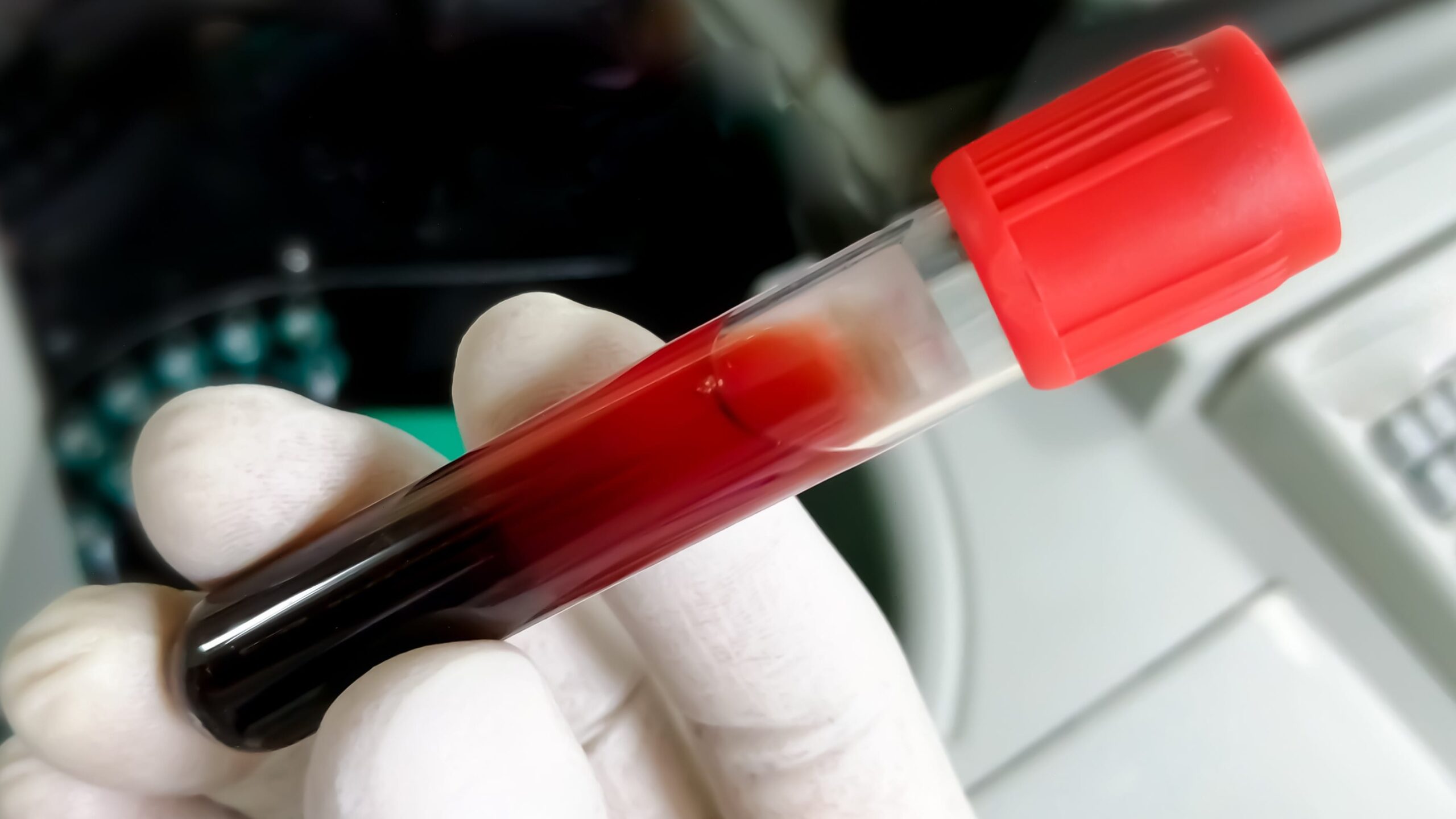
In paroxysmal nocturnal hemoglobinuria (PNH) management, ABP 959, an eculizumab reference product (RP) biosimilar, demonstrates efficacy and safety equivalent to the eculizumab RP. This was the assessment of a multicenter study comparing ABP 959 with eculizumab RP published in the American Journal of Hematology.
“The results of this study in patients with PNH, along with previously demonstrated similarity of analytical, nonclinical, and clinical pharmacokinetics and pharmacodynamics in healthy volunteers support a demonstration of no clinically meaningful differences between ABP 959 and eculizumab RP,” wrote lead study author Austin Kulasekararaj, MBBS, MD, MRCP, FRCPath, of King’s College Hospital in London, United Kingdom.
In this double-blind, active-controlled, two-period crossover study, 42 patients with PNH treated with eculizumab RP were randomized into two treatment sequence groups, with 20 to the ABP 959/eculizumab RP group and 22 to the eculizumab RP/ABP 959 group.
The authors evaluated the management control of intravascular hemolysis in patients using lactate dehydrogenase (LDH) measurements. They determined this control to be very similar between ABP 959 and eculizumab RP based on a ratio of geometric least squares means of LDH (ABP 959/eculizumab RP) calculated for study week 27 of 1.0628, with a one-sided 97.5% upper confidence interval (CI) of 1.1576.
In another comparison of efficacy, the authors calculated an ABP 959 versus eculizumab RP geometric means ratio of time-adjusted area under the effect curve of LDH of 0.981, with a 90% CI of 0.9403 to 1.0239, from study week 13 to 27, week 39 to 53, and week 65 to 79, respectively.
The authors found ABP 959 and eculizumab RP to be comparable in immunogenicity, pharmacokinetics, and safety, and did not identify any new safety concerns.
Reference
Kulasekararaj A, Lanza F, Arvanitakis A, et al. Comparative clinical efficacy and safety of biosimilar ABP 959 and eculizumab reference product in patients with paroxysmal nocturnal hemoglobinuria. Am J Hematol. 2024. doi:10.1002/ajh.27456







 © 2025 Mashup Media, LLC, a Formedics Property. All Rights Reserved.
© 2025 Mashup Media, LLC, a Formedics Property. All Rights Reserved.